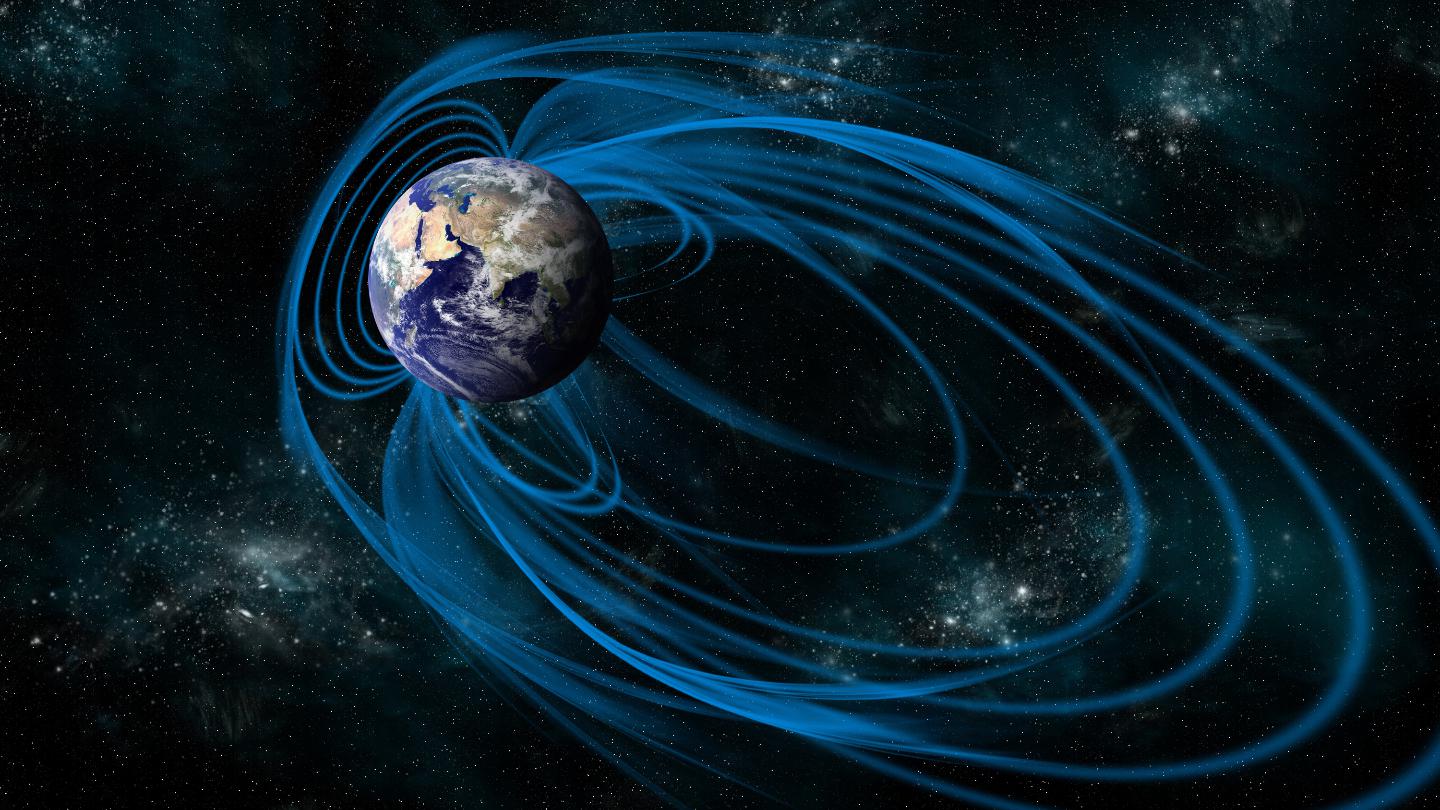Many of humanity’s cultural traditions are based upon the movement of our planet around the Sun. The summer and winter solstices and the spring and autumn equinoxes take on special significance.
The reason these special days exist is because our planet tilts at an angle of roughly 23° on its axis. Without this tilt, there would be no seasons.
The religious and philosophical themes of rebirth and resurrection, therefore, are partially the result of our planet’s axial tilt.
SASHA SAGAN: There's no refuge from change in the cosmos, but we're not really good at processing time passing. It's very mysterious. It's very confusing. Throughout time, we earthlings have all sort of come to the same points in the year, and the same points in life to mark. Disparate cultures, who had no way of communicating, found the same moments to create ceremonies and traditions around. Birth, coming of age, death- and also the solstices and equinoxes. So many of our rituals and traditions are about processing change and coming to terms with who we are on this little, particular planet.
My dad, Carl Sagan, was an astronomer and together with my mom, Ann Druyan, they really communicated wonder and awe about the natural world as revealed through science. And they found ways to carry on traditions to connect to our place in the Universe without compromising what they really believed about the world and what we're all doing here. So many of our celebrations around the world are tied to four points in the year, which are a function of how we move around our star, and the axial tilt that the planet has. So, our planet rotates on its axis, but we do it at a little angle- it's about 23 degrees and change. And because of that, we have seasons. Without it, we would still have weather, but we would not have seasons. And the length of days wouldn't change.
Here in the Northern Hemisphere, our summer solstice is around June 20th, and at that same time, it's the winter solstice in the Southern Hemisphere. Six months later, we switch. The points in between those extremes are the autumn and spring equinoxes. Holidays like, for example, Easter, Passover, Nowruz, are all tied to the spring equinox. So many holidays around this time of year are connected. Rebirth, resurrection, and this theme of overcoming darkness. There's this underlying story that says, "Wow, that was close. That looked really bad. We almost didn't make it, but now it looks like it's gonna be okay." And we see that in so many different places around this time of year, so many different traditions, because that's spring itself. There's so much symbolism in traditions and ceremonies.
They're almost like these performance art pieces. And I don't mean that in a negative way- it's beautiful! It's this way we can communicate these larger ideas that everyone understands. I'm a secular, but I do love community, and I love getting together to carry on traditions. Those of us who are secular or agnostic or atheist or some combination of those things, we still need ways to mark time. In the wintertime, when it's really cold and dark, we have all these traditions in so many cultures to make ourselves feel joy and create light for ourselves; just around this idea that when the sun sets early, we need more light.
There's something about that that's very profound. So, talking about the winter solstice, because of the axial tilt, the days are gonna start getting longer little by little. It'll be summer before we know it, and no matter whether we believe in it or not, no matter what anyone does, it's definitely happening and the light is returning. It's coming back for sure. And that's something to celebrate.







